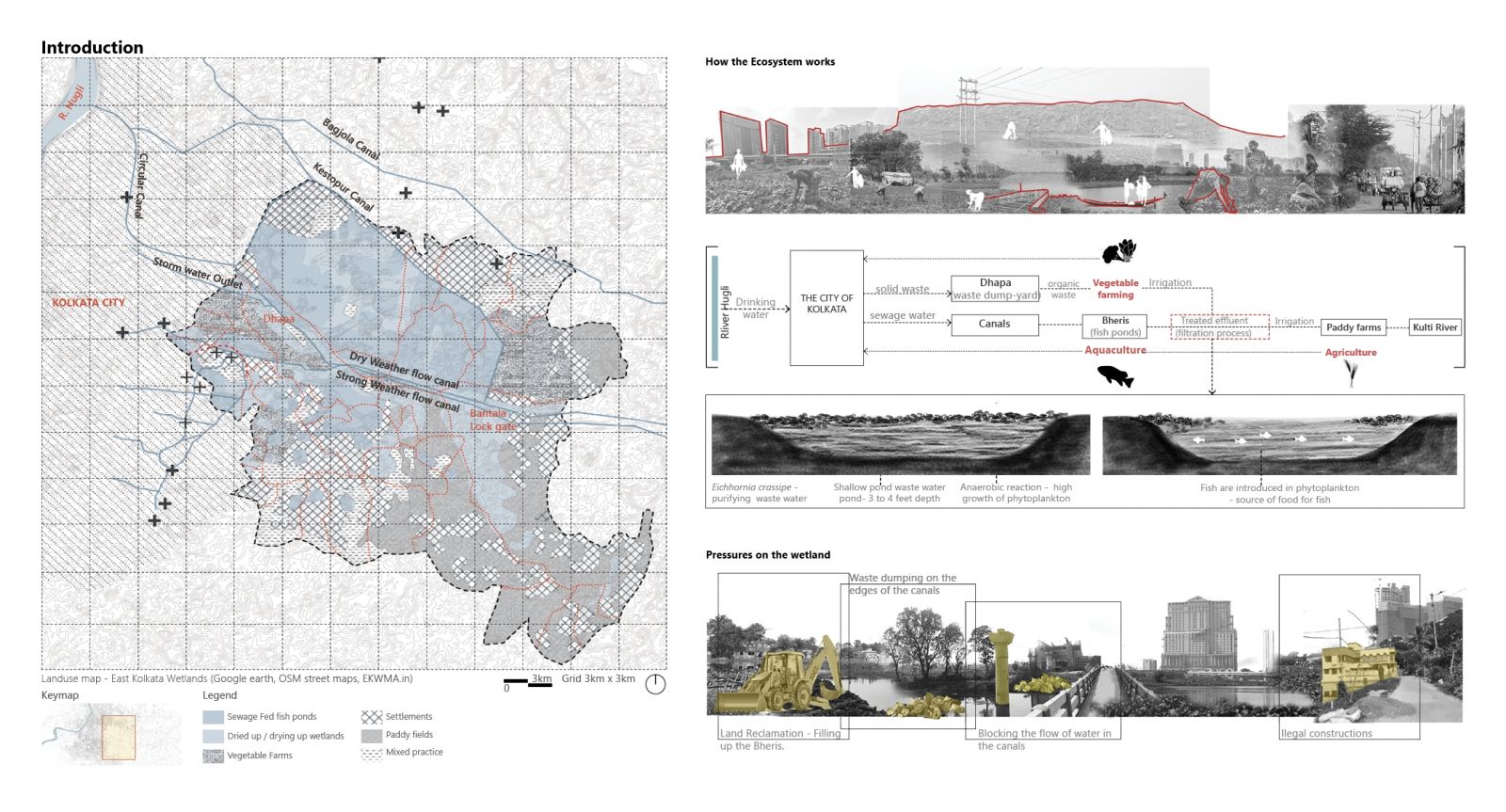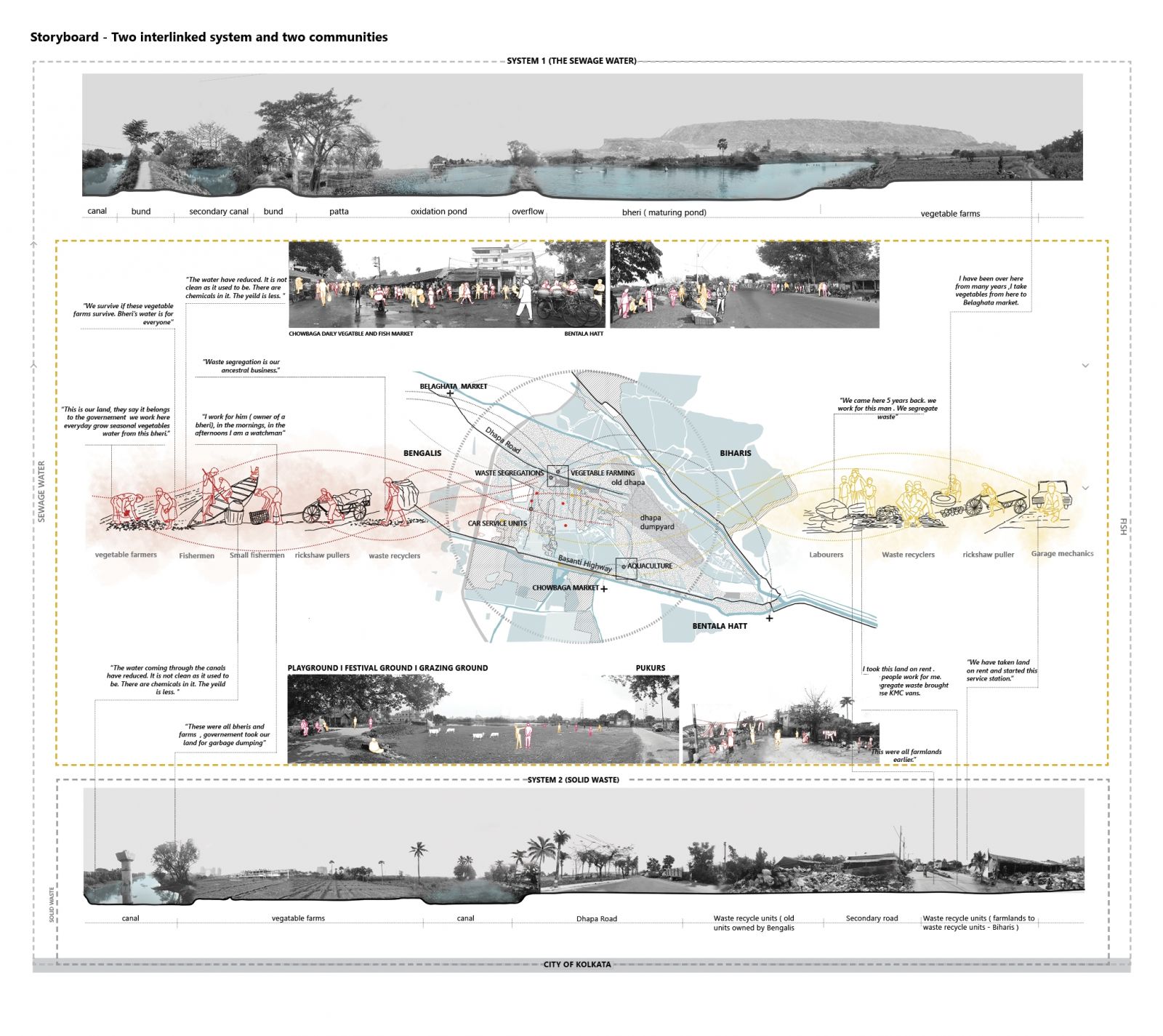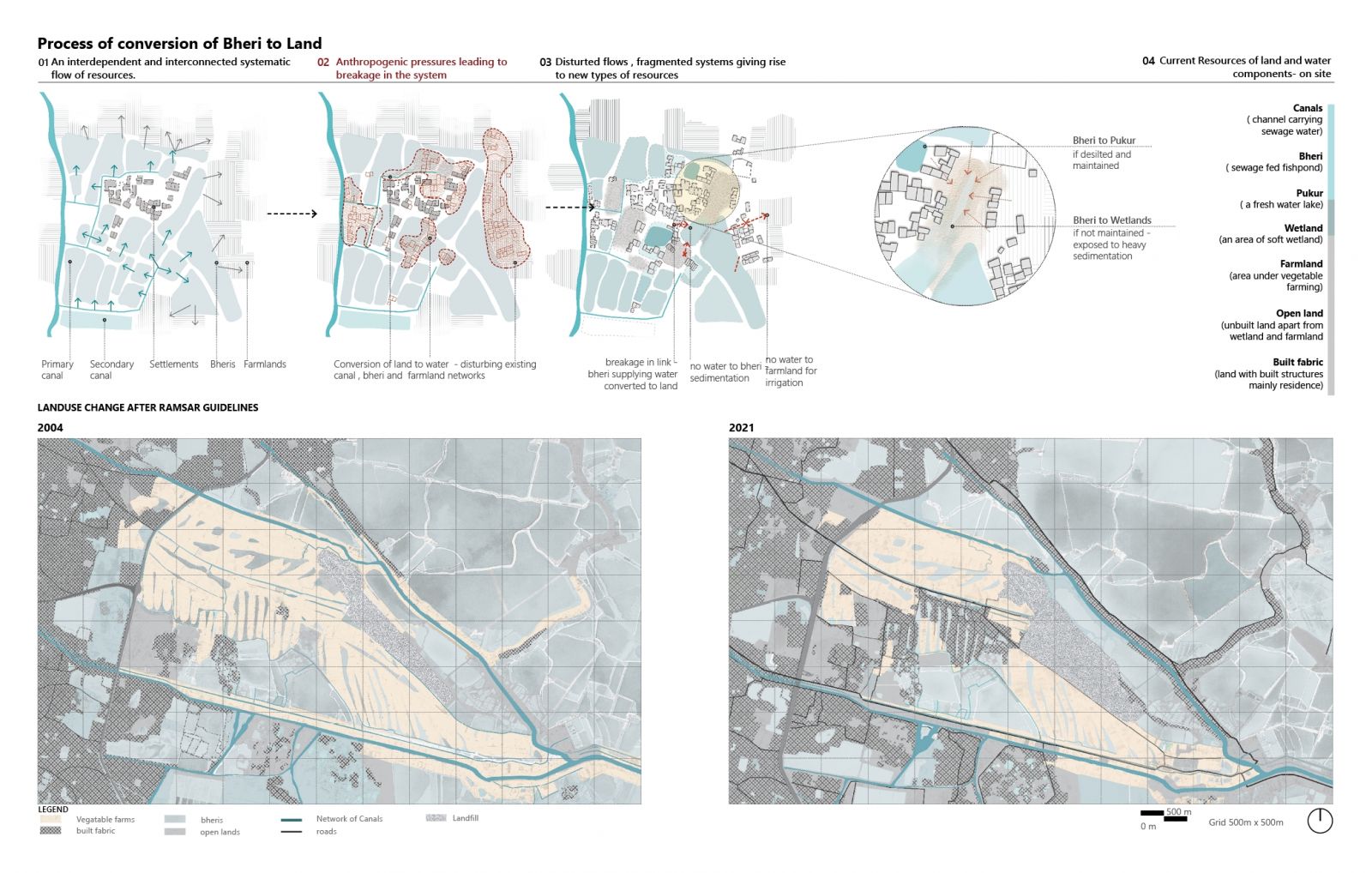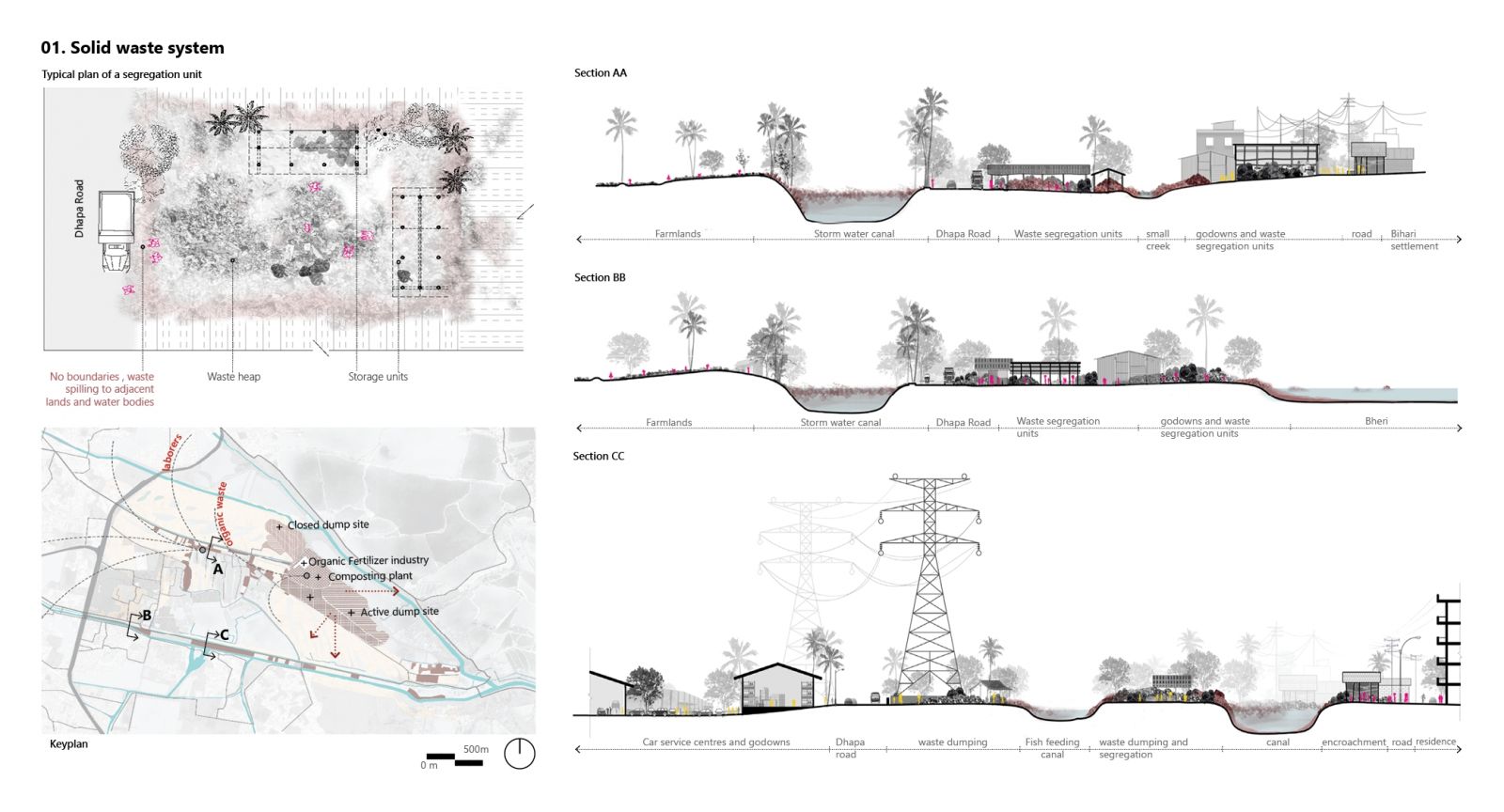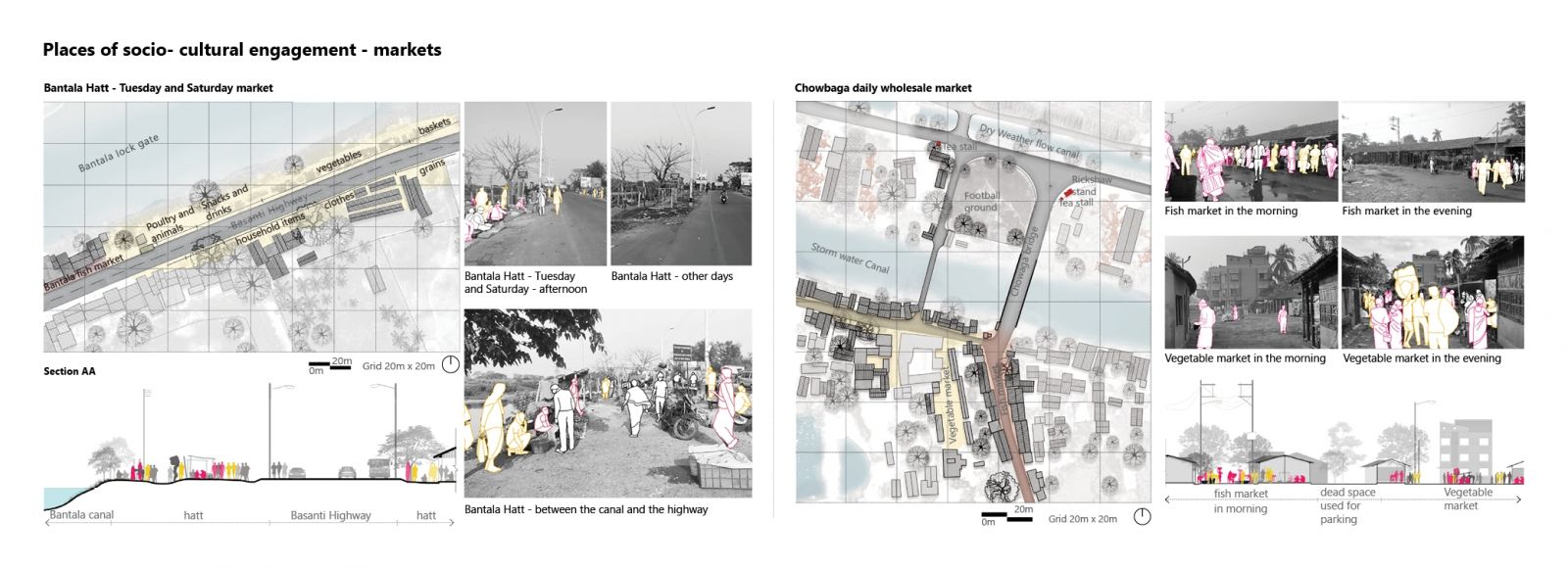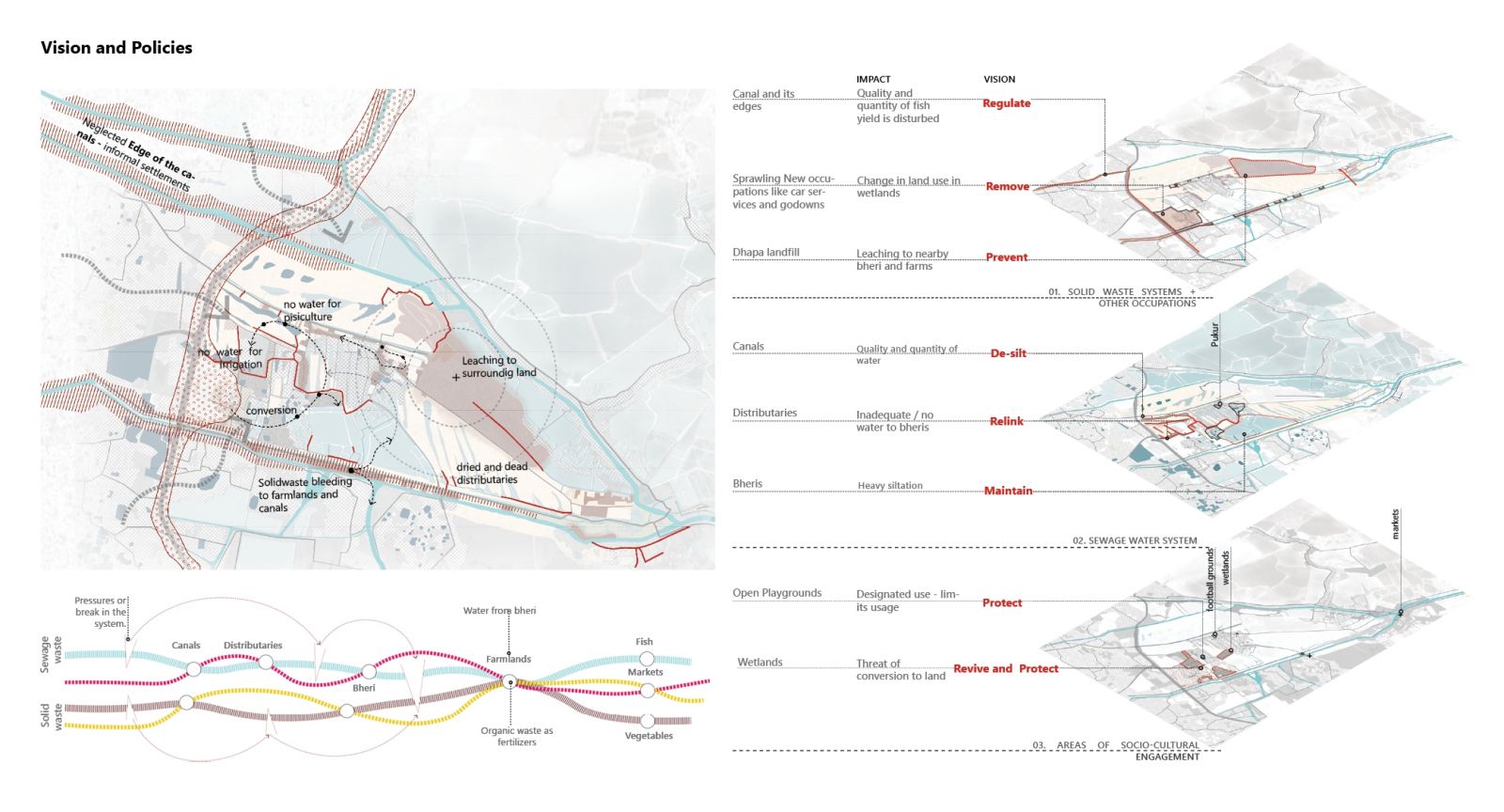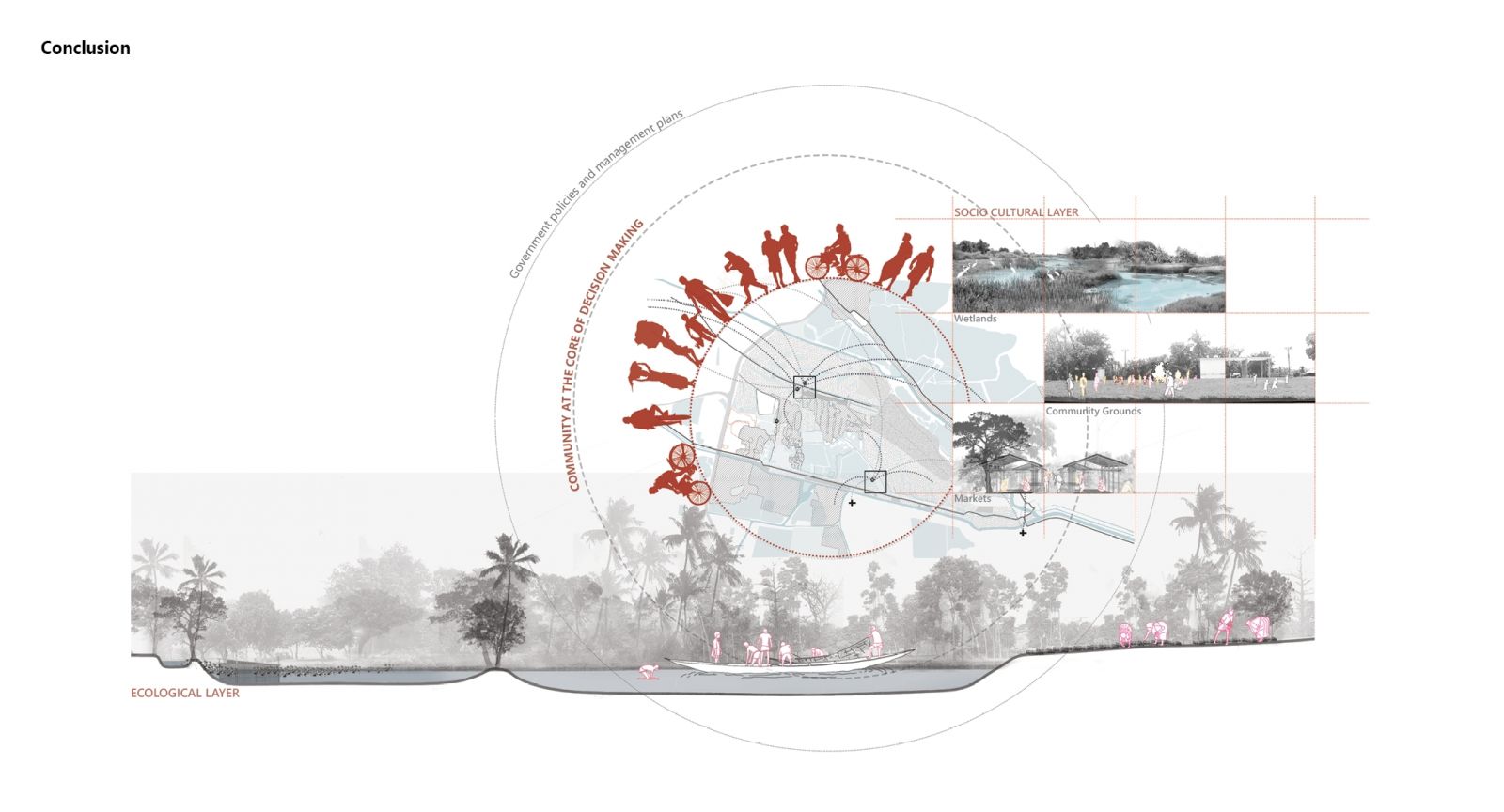Your browser is out-of-date!
For a richer surfing experience on our website, please update your browser. Update my browser now!
For a richer surfing experience on our website, please update your browser. Update my browser now!
The project aims to identify and understand the embedded ecological systems of the East Kolkata Wetlands to appreciate, acknowledge and protect the commons that these traditional practices offer. East Kolkata Wetlands often referred to as the ‘Kidneys of East Kolkata’, located on the eastern periphery of Kolkata Metropolitan area are a vast network of man-made wetlands built and maintained by the traditional communities. These wetlands provide an efficient and eco-friendly system of solid waste and sewer treatment system for the city of Kolkata, habitat for waterfowl and housing for a large flora and fauna. Due to increasing pressure of urbanization, these embedded ecological systems of the wetland are at threat. Therefore, the objective of the study is to stop further deterioration of this natural system and to protect and develop resilience to maintain the original character of this common. A thorough understanding of the system and its people (the keepers of the system) has been put forward, to derive a vision that emphasizes on strengthening the communities and keeping them at the core of decision making.
View Additional Work
